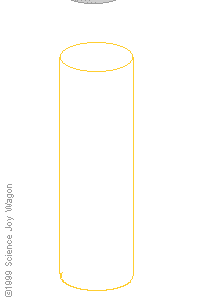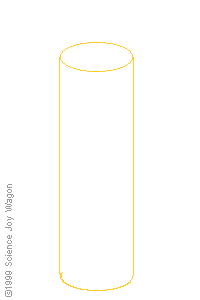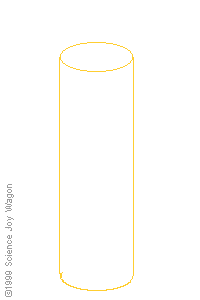In 1835 Heinrich Lenz stated the law that now bears his name. An electric current induced by a changing magnetic field will flow such that it will create its own magnetic field that opposes the magnetic field that created it. These opposing fields occupying the same space at the same time result in a pair of forces. These forces are felt when you turn a generator and generate electricity. The more current you generate, the greater the force opposing you.
This force can also be felt if you try to drag a conductive, non-magnetic plate between the poles of a horseshoe magnet. The plate sees a changing magnetic field which creates a current in the plate, which creates its own magnetic field opposing the one that created it.



